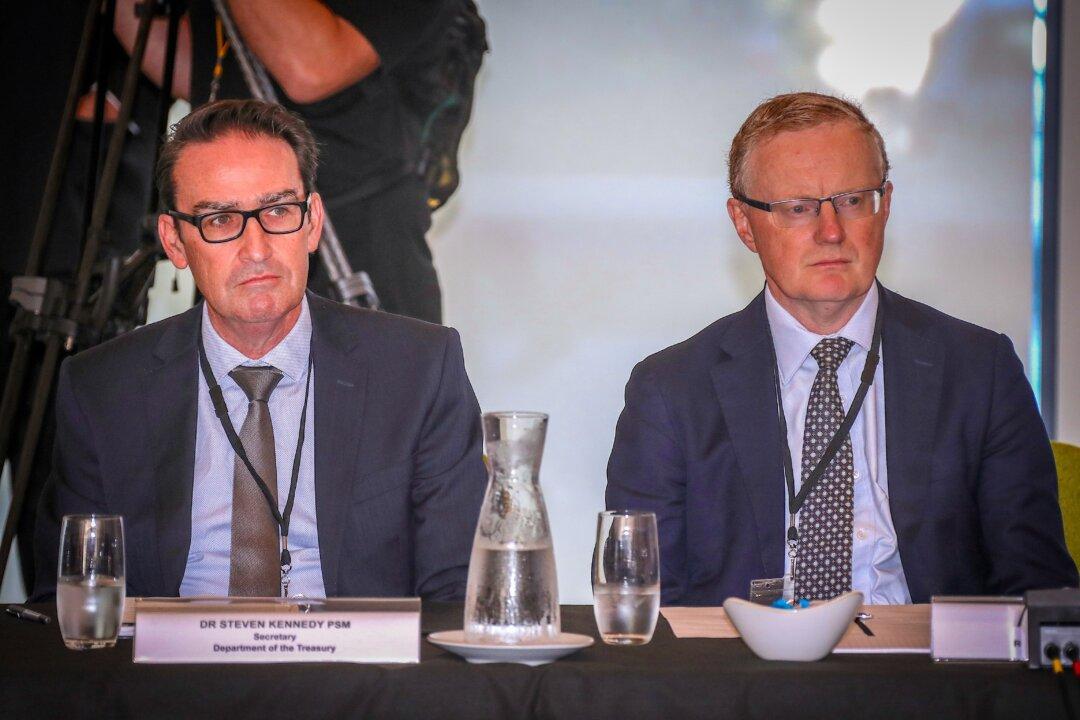Treasury boss Steven Kennedy believes Australia may have reached its unemployment peak stemming from COVID-19 restrictions.
While the official unemployment rate is 6.2 percent, Treasury is confident its forecast of 10 percent is closer to the mark.

Treasury boss Steven Kennedy believes Australia may have reached its unemployment peak stemming from COVID-19 restrictions.
While the official unemployment rate is 6.2 percent, Treasury is confident its forecast of 10 percent is closer to the mark.